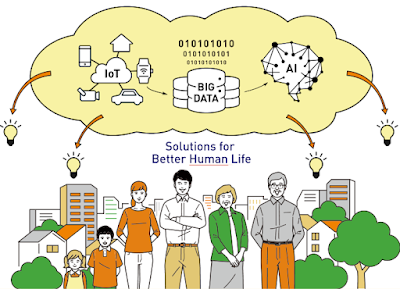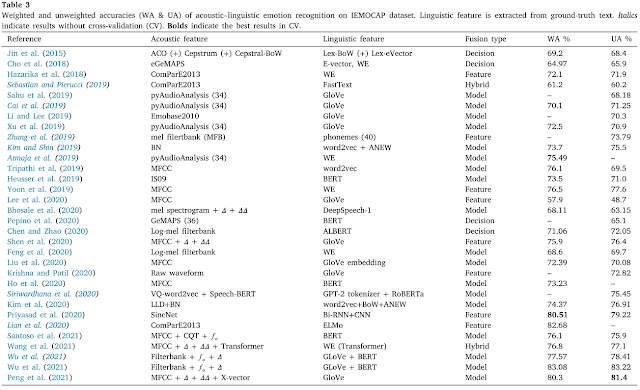Nowadays, research is measured by publication. Publish or perish. The pressure for researchers to publish is now more than ever. As a result, there are tons of research publications. Most of them may be garbage; only a small portion has an impact. So, what is the impact in research?
Impact factor
At first, I thought that "writing for impact is writing for impact factor" (since "impact" is measured by "impact factor"). By this definition, the author will seek for writing to the Journal which has high impact factors due "impact" is defined by the calculation of impact factor. In fact the (impact factor calculation is based on citations and the number of publications)[https://en.wikipedia.org/wiki/Impact_factor]. Hence, writing for impact factor is no more than writing for citations. I changed my mind recently, writing for impact is not writing for impact factor. The impact is different with (calculation of) impact factor. Now, some journals and conferences requested this "social impact" as an additional section in the author's manuscript [1, 2]. It is good. By this method (requesting to show the impact of their research), the impact of research now is clearer than before.
Kinds of social impact
Now, when asked to write the social impact of my writing, I am thinking of what social impact will be in my manuscript. Reference [1] requested explicitly what is the definition of "positive impact" for authors. A positive impact could be one of the following (my own definition).
1. Readers change their perspective. For instance, the paper entitled "Toward a consensus on symbolic notation of harmonics, resonances, and formants in vocalization" proposed a new standard notation for fundamental frequency (in acoustics), i.e., by writing it as $f_o$ (ef-ow) instead of F0, $F_0$ or $f_0$ (ef-zero). This paper has a big social impact on the (acoustic) community.
2. Readers can learn. Many papers show their method clearly so the readers can learn and get the benefit from reading the paper. An instance is a paper entitled "CALFEM as a Tool for Teaching University Mechanics."
3. Readers can replicate. Open science is making a difference. Anyone can replicate the experiment of the authors. This kind of research is game-changing. Even big companies like Google, Microsoft, and Meta open their research publicly along with open repositories to replicate the research. Most of my research is also open science, one example is a paper entitled "Deep Multilayer Perceptrons for Dimensional Speech Emotion Recognition".
4. Readers can improve the result. One way to improve the current result is by explicitly proposing further directions. This statement usually is placed in the Conclusions or before this section.
5. A policy can be taken. This is the highest impact, a policy can be taken from a research result. For instance, to fight global warming (based on specific data), the government changes the policy to abandon the use of coal and move to nuclear energy. Or, based on the risk of nuclear energy, the government encourages the use of wind and solar energy.
Hope this opinion will change your minds; do not write for impact factor (only), but do write for real (social) impact.
Reference:
[1] https://s4sg-workshop.github.io/
[2] https://acii-conf.net/2022/authors/submission-guidelines/








